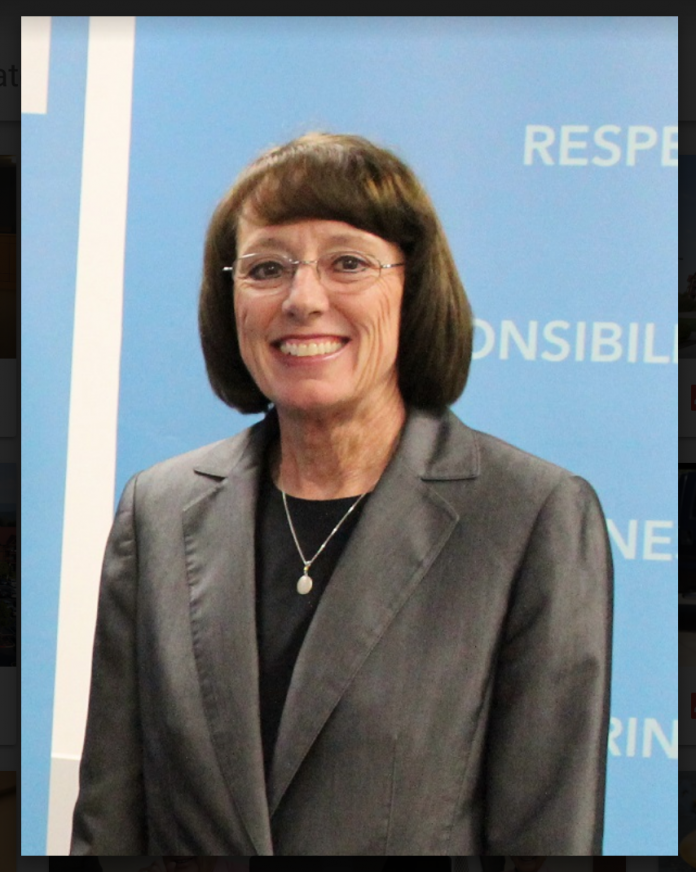Only 40 percent of the students in the Gilroy Unified School District meet or surpass state standards in math and 48 percent in English, according to a statewide report released this week of 2017 test scores.
These are above state results in math, which are a dismal 38 percent passing and slightly below the state results in English, which are 49 percent meeting or above state standards.
In Gilroy 5,943 students in grades 3 through 8 and grade 11 submitted tests in English and 5,956 in math. The results showed little improvement from the previous year, in which 60 percent of Gilroy’s students were below the state standard in math and 52 percent in English.
The California Assessment of Student Performance and Progress, CAASPP, is in its third year of use. It replaced the long-used STAR test and is based on the state’s Common Core Standards.
Numbers for Hispanic students, who comprise 80 percent of the district, showed no improvement. In English, 60 percent fell below state standards and 68 percent were below in math this year. Last year 59 percent were below in English and 69 percent in math.
“Overall, the 2017 scores leveled off, after substantial growth in 2016 in both English Language Arts and mathematics,” said GUSD Superintendent Debbie Flores. “This trend was seen across the county, as well as statewide. We are taking proactive steps to improve our students’ performance on the state tests. This includes
continuing to focus our efforts on the adoption of Common Core aligned materials in English Language Arts and Mathematics at all levels, as well as ongoing professional development for teachers.”
There were also big discrepancies between boys and girls in Gilroy. In math, 42 percent women met or exceeded standards and in English 53 percent did. Only 39 percent of boys exceeded standards in math and 43 percent in English.
Statewide 54 percent of girls exceeded state standards in English and 37 percent in math. Boys hit 43 percent in English and 38 percent in math.
State Superintendent Tom Torlakson described the latest tests as “far more rigorous and realistic than the previous paper and pencil tests.”
“We are asking more of our students, but for a good reason—so they are better prepared for the world of college and careers,” Torlakson said in the California Department of Education’s press release.
One local school district official believes there is something seriously wrong with the state’s testing system and claims the scores are inaccurate. Glen Webb, MHUSD’s Director of Curriculum, Instruction and Assessment, said he has “concerns over the functionality of the tests” and that a nationwide trend in which the same exams are given proves his point.
“The decline in SBAC scores across the nation is statistically improbable and should be a red flag to all districts,” said Webb in a Morgan Hill School District press release.
Morgan Hill’s results were comparable to Gilroy’s. Only half the students in MHUSD have either met or exceeded state standards in English. In math, 60 percent did not meet or nearly met that subject’s requirements.
The California Assessment of Student Performance and Progress Online Tests are now in their third year of existence since replacing the former Standardized Testing and Reporting program that included the Academic Performance Index or API. The computer-based tests use California’s challenging academic standards and ask students to write clearly, think critically and solve complex problems, just as they will need to do in college and 21st century careers.
“CAASPP results will show their greater value with time. The numbers will eventually allow us to track student progress and development over time, and the more data received, the greater understanding we will have,” said Gundry in an earlier Sept. 27 press release.
CAASPP includes a number of assessments, but the most widely given are the Smarter Balanced Summative Assessments, which evaluate student progress on the California standards in Mathematics and English Language Arts/Literacy, often referred to as the Common Core.
The CAASPP tests for English Language Arts/Literacy and mathematics were given to students in grades three through eight and grade eleven. Ninth and 10th graders are not given the CAASPP exams. They consist of two parts. First, there is an adaptive test taken on a computer that gives students different follow-up questions based on their answers, thereby providing a more refined picture of a student’s abilities. Second, there is a performance task that challenges students to apply their knowledge and skills to real-world problems. The two parts measure depth of understanding, writing, research and problem-solving skills.














Well with two champion football teams and only 40% meeting grade level in math and English, it is certainly clear what the top priority is in the Gilroy School district. And it ain’t academics!!!